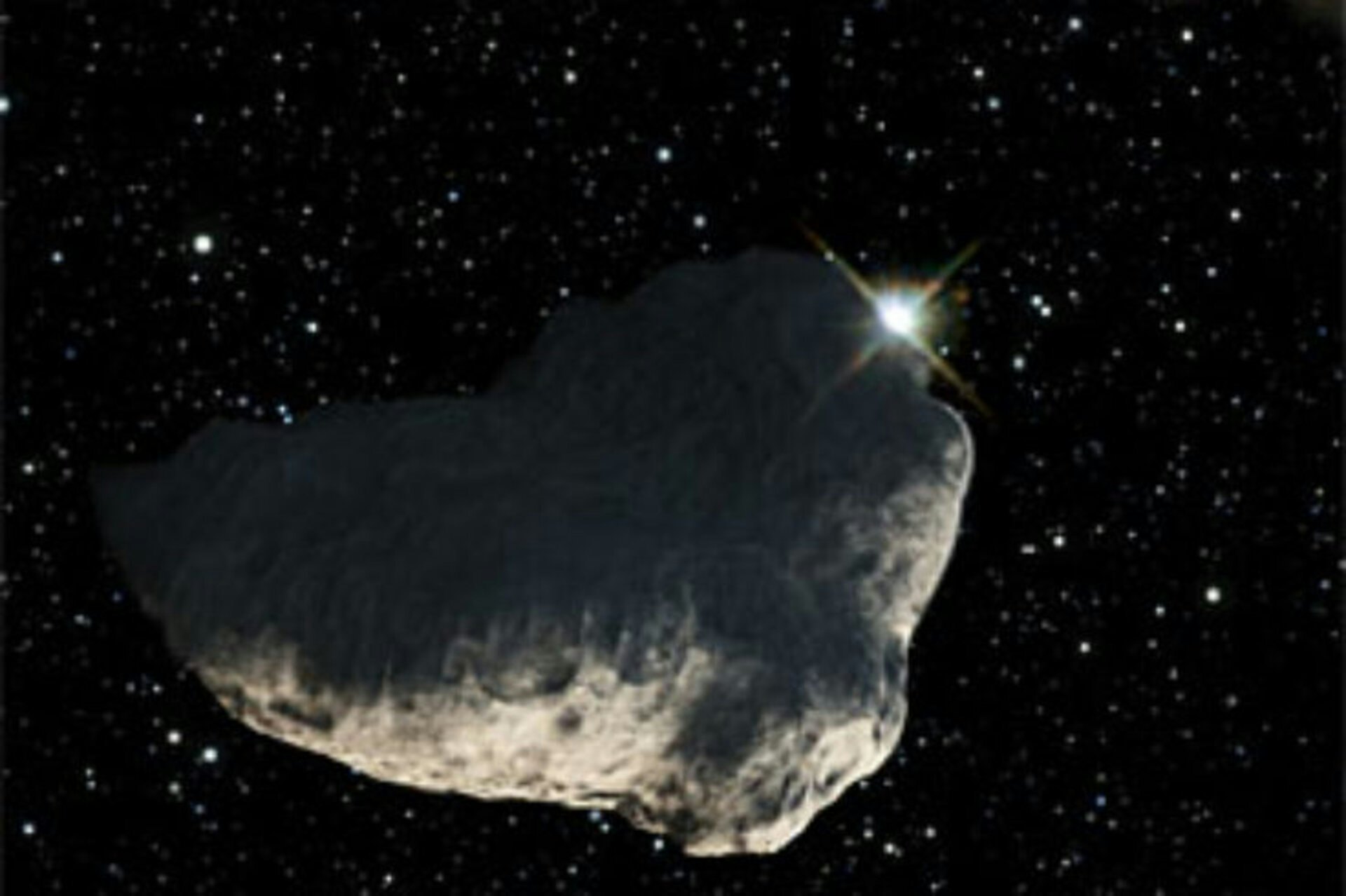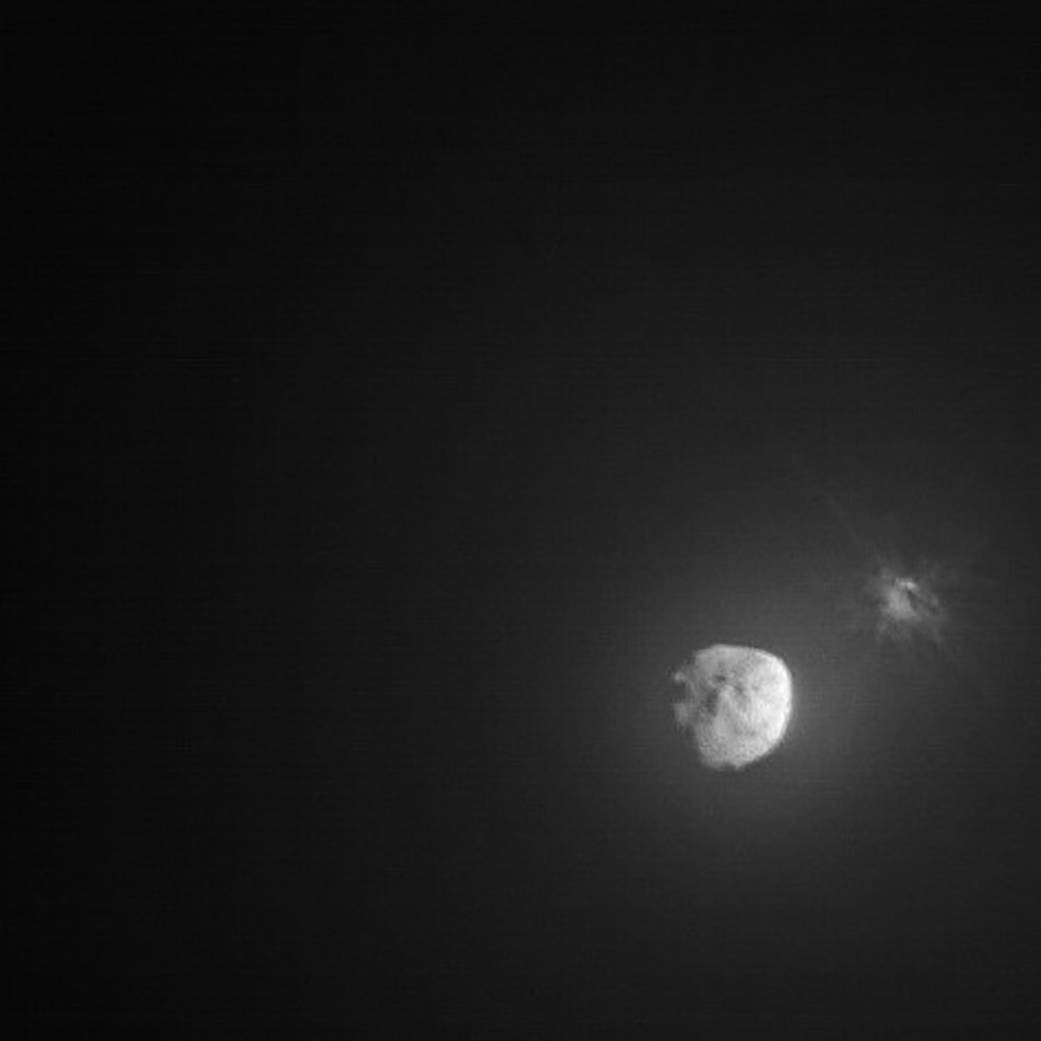
A year and a half before NASA’s Double-Asteroid Deflection Test (DART) changed the course of a space rock, astronomers peered at a fear-inducing object near Earth.
It was the asteroid Apophis. When it was discovered just 18 years ago, NASA worried that this 1,100-foot-wide rock could strike our planet in the near future with possibly dire consequences.
Thankfully, when Apophis distantly flew past Earth in March 2021, new measurements revealed that it won’t pose a problem for at least a century. And when the time comes, a mission like DART could mitigate the threat.
But to determine how the September 26 strike of the small asteroid Dimorphos might also have changed the trip around the Sun that its larger partner, Didymos, takes, a mission called ACROSS will need to know Didymos’ precise location.
Recently, astronomers accomplished an important first step towards this goal: they finally caught Didymos blocking distant starlight.

ACROSS, or Asteroid Collaborative Research via Occultation Systematic Survey, successfully pin-pointed Didymos passing in front of background starlight for just 0.13 seconds on Saturday (October 15), the European Space Agency (ESA) reports. But it wasn’t easy — ESA officials say that the efforts of the ACROSS collective were “enormous and unsuccessful for several weeks.”
ACROSS leaned on the incredible work of another ESA mission, called Gaia, that is currently surveying one billion stars in the Milky Way. The cutting-edge work of the 8-year-old mission has already manifested in three data releases, the most recent in June of this year. Astronomers were able to track Didymos in Gaia data, helping them track its position over time.
Stellar occultation — that is, when an object passes in front of a distant star from our point of view — is a helpful phenomenon that, in the past, has aided the search for objects past the orbit of Neptune. Closer to home, it’s helped reveal asteroids that travel around the Sun between the orbits of Mars and Jupiter. But near-Earth asteroids, or NEAs, are much harder to find.
“NEAs move fast and are small,” Paolo Tanga, project leader of ACROSS and planetary scientist of the Côte d’Azur Observatory in France, says in the ESA statement. “Thus producing shorter events and much narrower shadows projected on the ground.”
But like Apophis, some NEAs could be menacing. Now that Didymos has been spotted through stellar occultation, however, astronomers can evaluate the progress of possibly-life-saving kinetic deflection tests like DART.
In October 2024, ESA will also launch a mission to check out the aftermath of DART’s impact up-close. This spacecraft, called HERA, is currently expected to reach Didymos and Dimorphos in December 2026.







